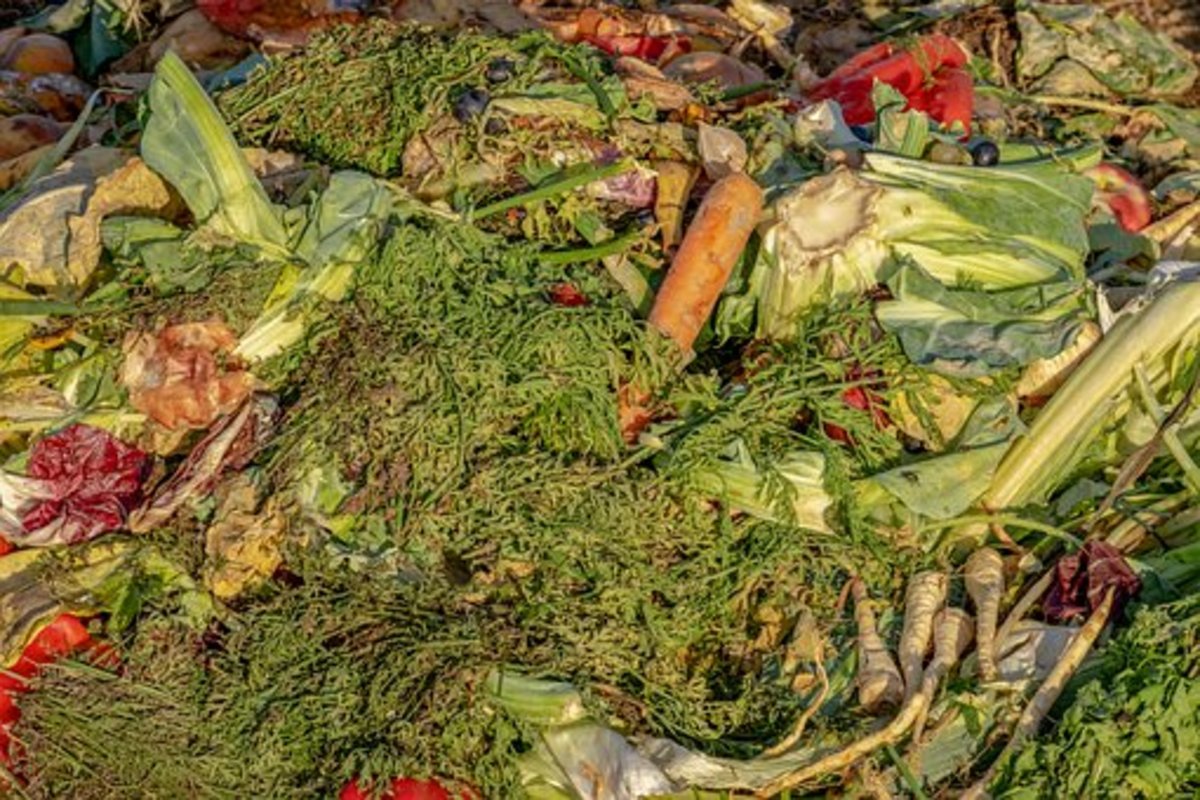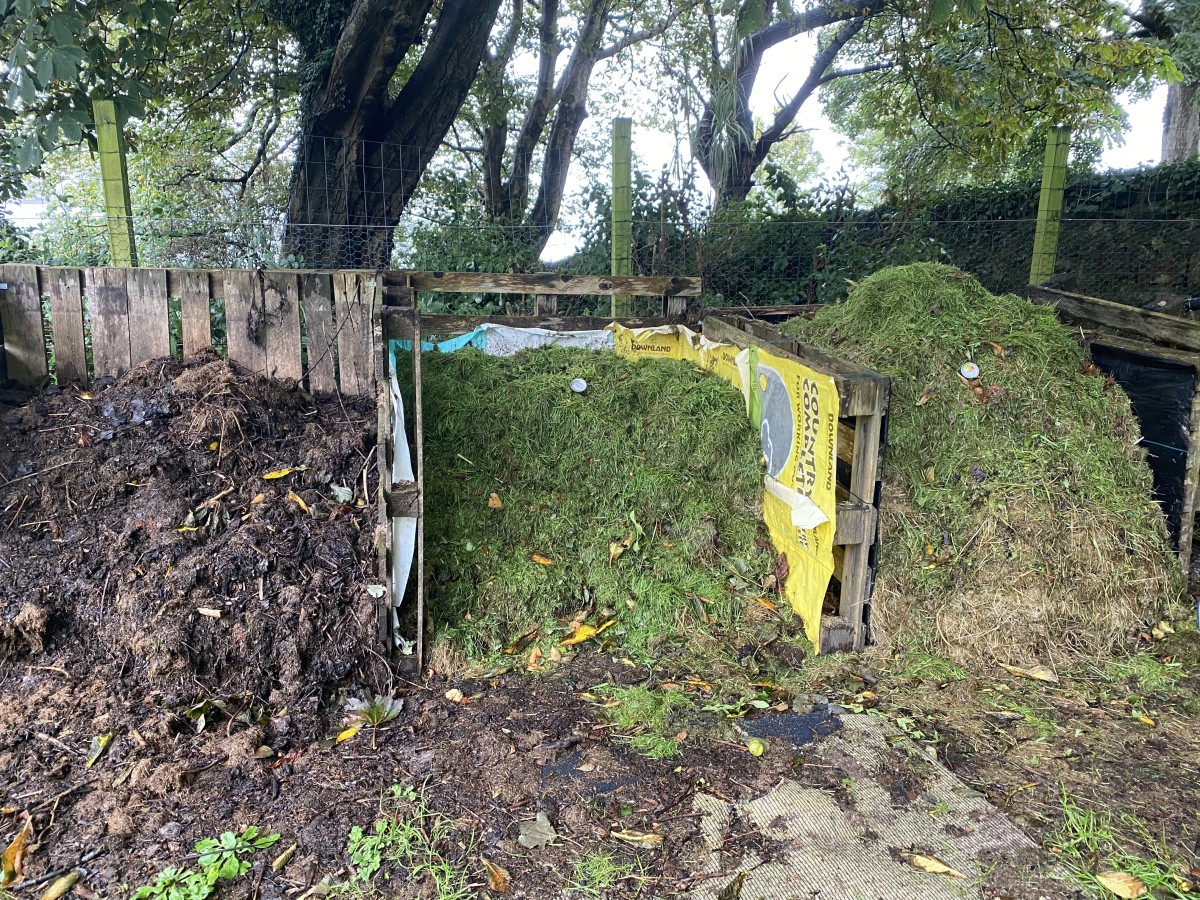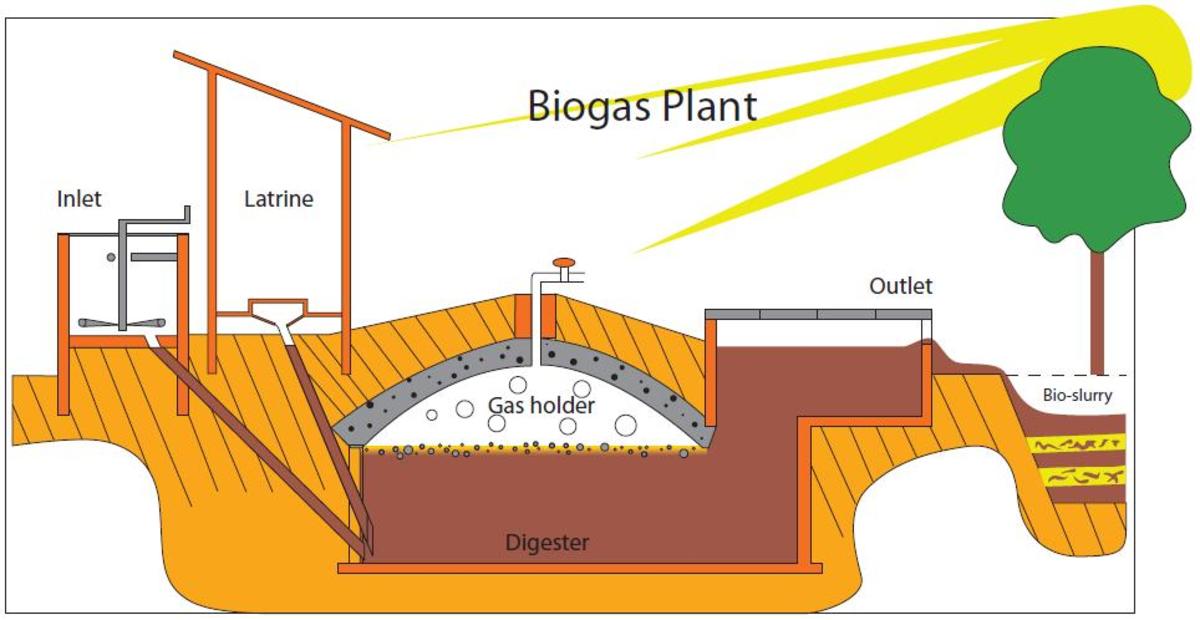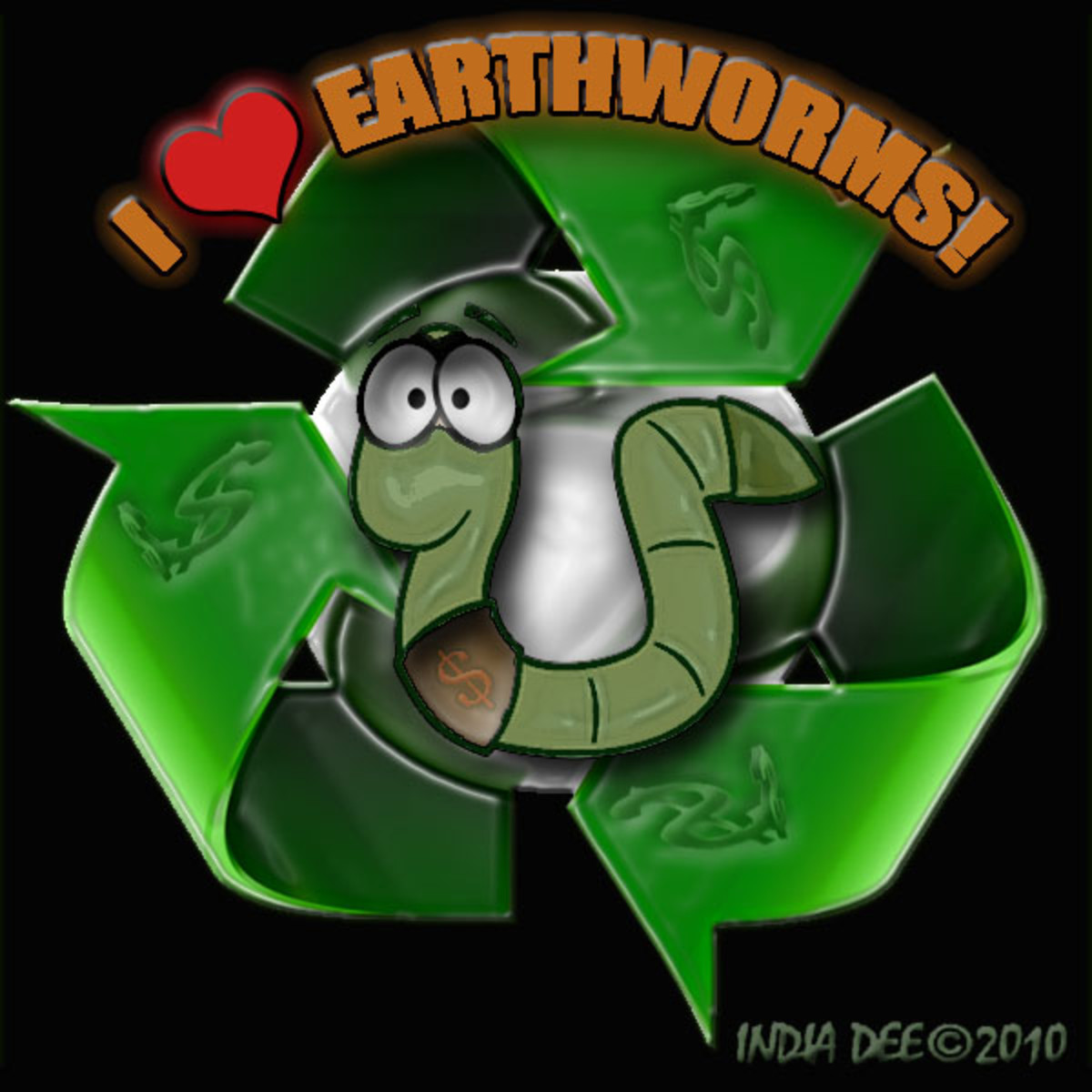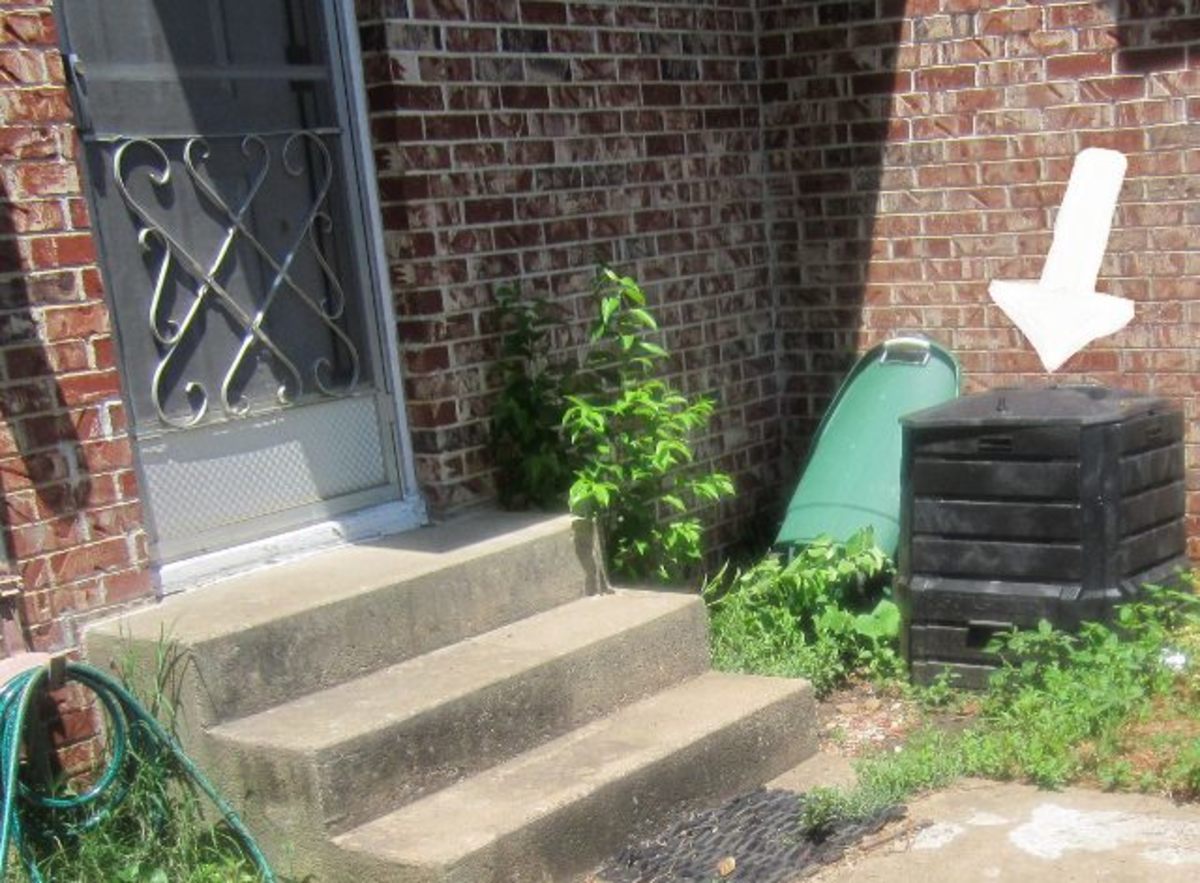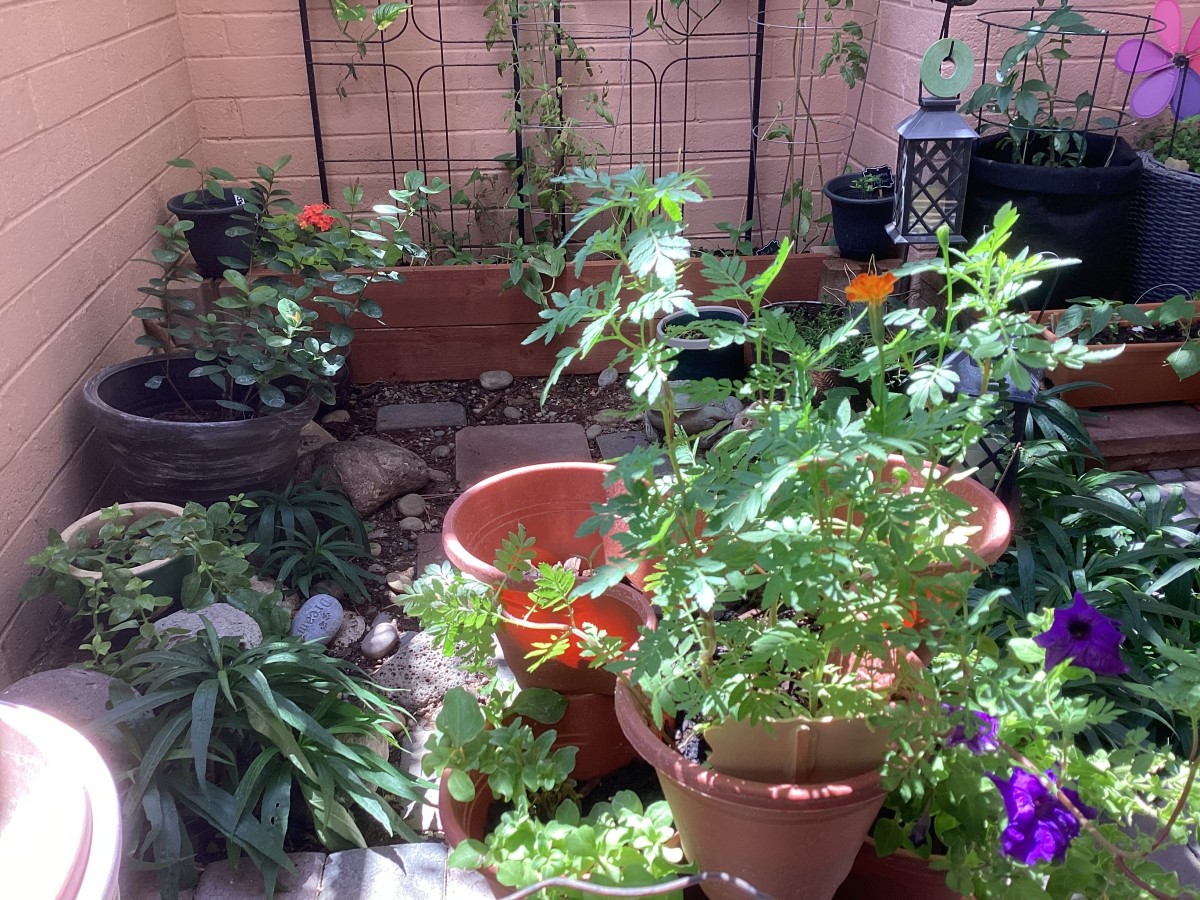- HubPages»
- Home and Garden»
- Gardening»
- Fertilizers & Compost
Tips for Successful Composting
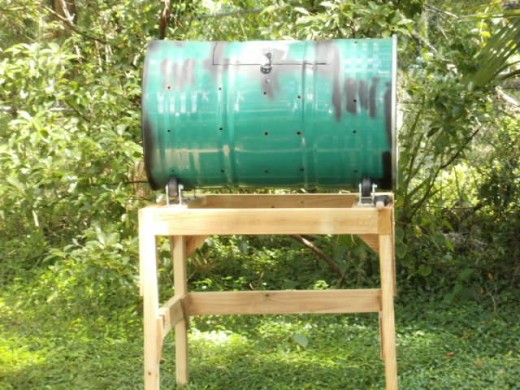
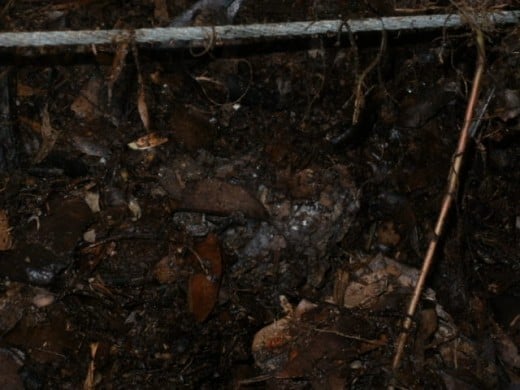
Mother Nature, having confined me to the indoors by blessing us with two days of non-stop rain, a good way to pass the time (and avoid cleaning house) is to bring you some composting tips. I've shown you how to inexpensively build a composter from a simple plastic garbage can. Now I'd like to help you get started in building your compost pile. Making compost from household and yard scraps is a great way to save money and diminish waste in the landfills.
Before I get into the details, I'd like to give Kudos to my friend Randy who built the compost tumbler shown above. It has a hinged, locking door for adding material and is set on rollers for ease of tumbling the compost mix. What a nice surprise! I'm now creating a new pile, with less strain on my back, while my garbage can compost "cooks".
OK, I know, I'm blithering. It's one of my known qualities, which may have much to do with my love for writing. There I go again... getting side-tracked! Back to the point.....
The Components
In order to build a good compost pile, you need to add both brown and green materials. Brown materials, such as dried leaves, straw, paper, cardboard, shrub clippings, crushed up egg shells, tea bags and corn cobs, provide carbon, which aids in the "heating up" process necessary for decomposition. Green materials such as, vegetable and fruit peels and stems, grass clippings, manure (poultry, sheep, horse and cow), coffee grounds, plant cuttings, and even feathers and hair provide nitrogen.
All ingredients should be shredded or torn into small pieces before adding to the compost pile, to allow for ease of the decomposition process. The recommended ratio of brown to green material is roughly 30:1. Begin by adding alternate layers of brown and green materials. Adding some soil or a small amount of commercially purchased composted manure will help kick in the decomposition process. Add enough water to the mix to make it moist, but not wet. If water drips when squeezing a handful, the mix it too moist. Add more brown material if this is the case. During rainy periods, it would behoove you to cover the compost bin with a tarp to avoid saturating the mix. (This also helps to raise the heat level) Conversely, if the mixture crumbles apart when released from your hand, it's too dry. Add more water. The compost components should be mixed and/or turned at least once a week to promote aeration. This releases oxygen, which is key to activating the bugs (remember, bugs are good!) which aid in the break-down of your material. Once your bin is about 3/4 full, avoid adding additional materials, otherwise the decomposition process will be disrupted by having to go back to square one. If you have the means, start a second compost pile instead.
Do you use compost in your gardens?
Ready For Use
Okay, so you've poked and prodded and churned and turned. How do you know when your compost is ready for the garden? There are a couple of ways to determine this. Visually, when the compost turns dark and crumbly (this is where the poking and prodding comes in) and has an earthy smell, the compost should be ready to be incorporated into the garden. Another way to test for readiness - and this might be a good science experiment for your kids - is to take a handful from the center of the pile, moisten it well, and place in a sealed plastic (BPA-free) baggie. Keep it at room temperature for about a week. Upon opening the baggie, if the mix smells like dirt, it's ready for use. If is has a rotten, pungent smell, the decomposition process is not yet complete.
One final note: when your compost is ready for the garden, spread it in your plant beds and mix well with the existing soil. Let it sit for about a week before planting. This will allow the amended soils to incorporate and "cool down", resulting in less chance of burning your new plantings.
That's it for now. Happy gardening!
This content is accurate and true to the best of the author’s knowledge and is not meant to substitute for formal and individualized advice from a qualified professional.
© 2011 Shauna L Bowling

